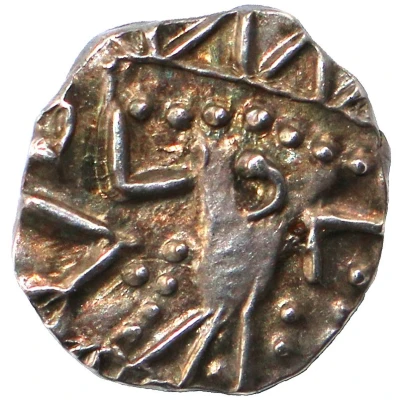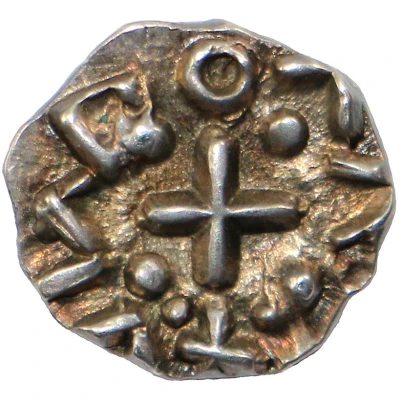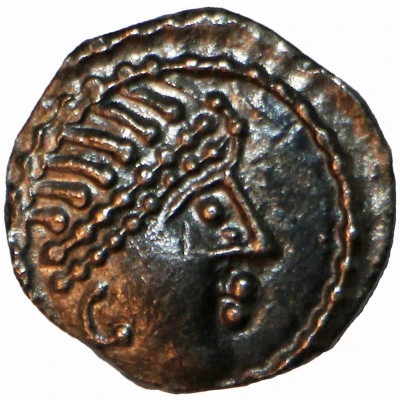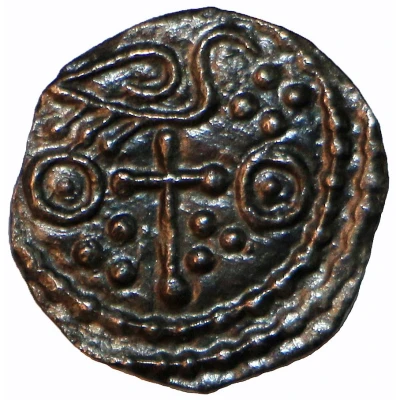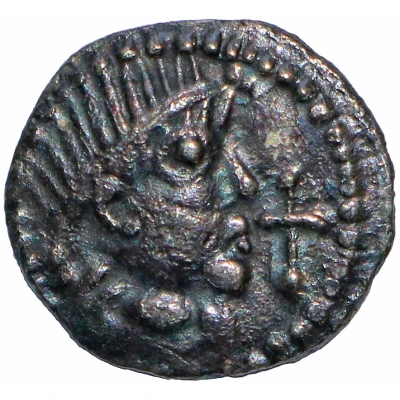
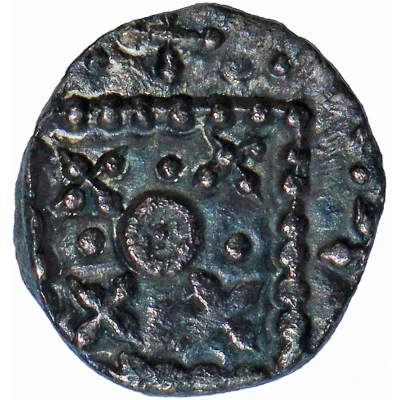

© John Conduitt (CC BY-SA)
Sceat Series G; Type 3a
| Silver | 1 g | - |
| Issuer | Early Anglo-Saxon (Kingdoms of British Isles and Frisia) |
|---|---|
| Type | Standard circulation coin |
| Years | 710-760 |
| Value | 1 Sceat |
| Composition | Silver |
| Weight | 1 g |
| Shape | Round (irregular) |
| Technique | Hammered |
| Orientation | Variable alignment ↺ |
| Demonetized | Yes |
| Updated | 2024-10-09 |
| Numista | N#307728 |
|---|---|
| Rarity index | 94% |
Reverse
Beaded standard, central pellet-in-annulet, saltire crosses in corners, pellets between.
Lettering: [uninscribed]
Comment
Early Anglo-Saxon period (c.600-c.775), Sceatta coinage (c.675-c.760), Secondary Phase Sceattas (c.710-c.760), Series G, Type 3a. Abr. 21This coinage was issued in all the main regions of southern and eastern England (this type probably minted in Quentovic, France).
Interesting fact
One interesting fact about the Standard circulation coin Sceat (Series G; Type 3a) (710-760) from Early Anglo-Saxon (Kingdoms of British Isles and Frisia) made of Silver weighing 1 g is that it features a unique blend of Christian and pagan elements in its design. The obverse side of the coin depicts a cross, which symbolizes the Christian faith, while the reverse side features a stylized animal, which is a common motif in pre-Christian Anglo-Saxon art. This blending of religious symbols reflects the cultural and religious shifts that were taking place in Early Anglo-Saxon society during this time period.
